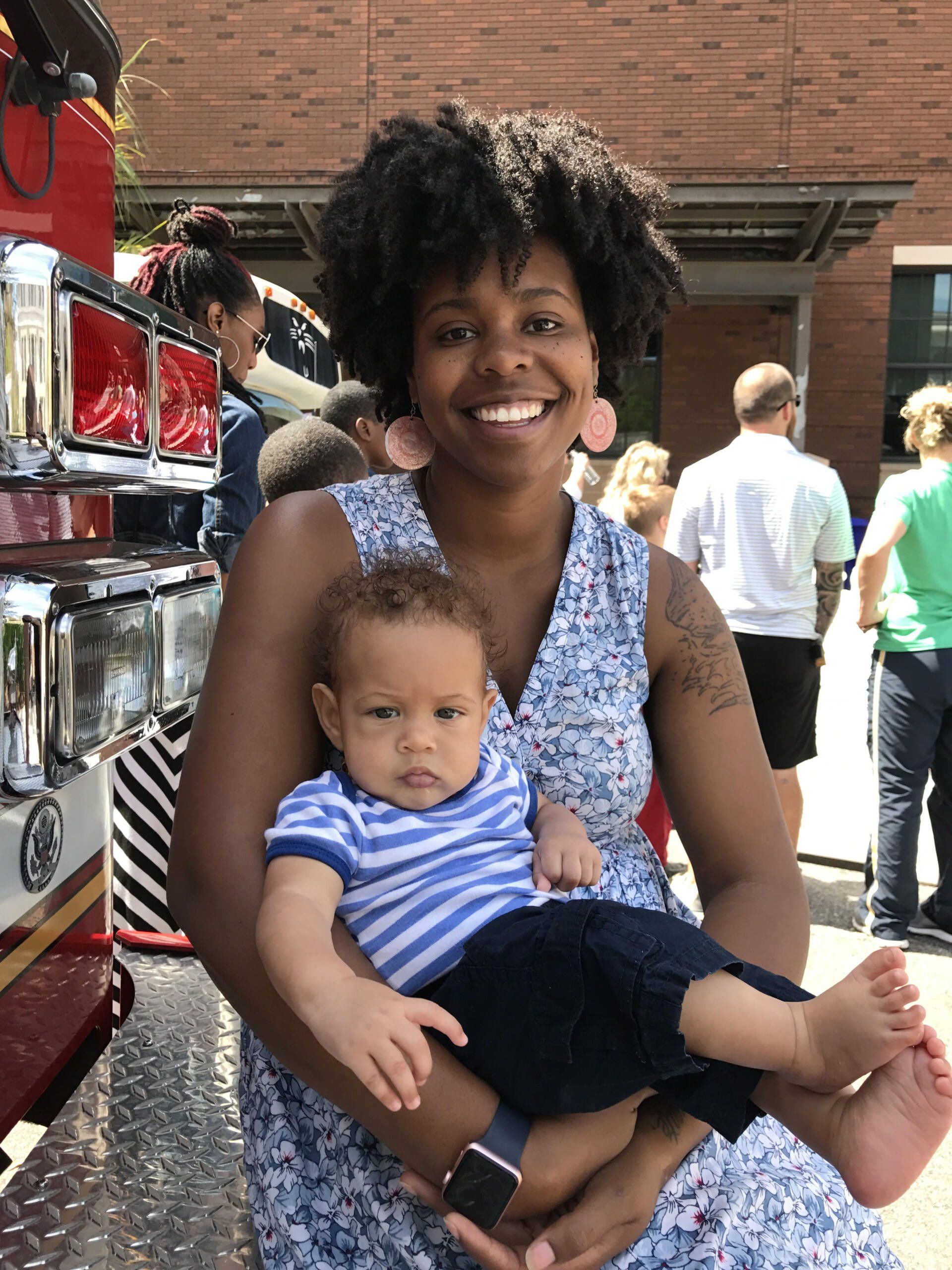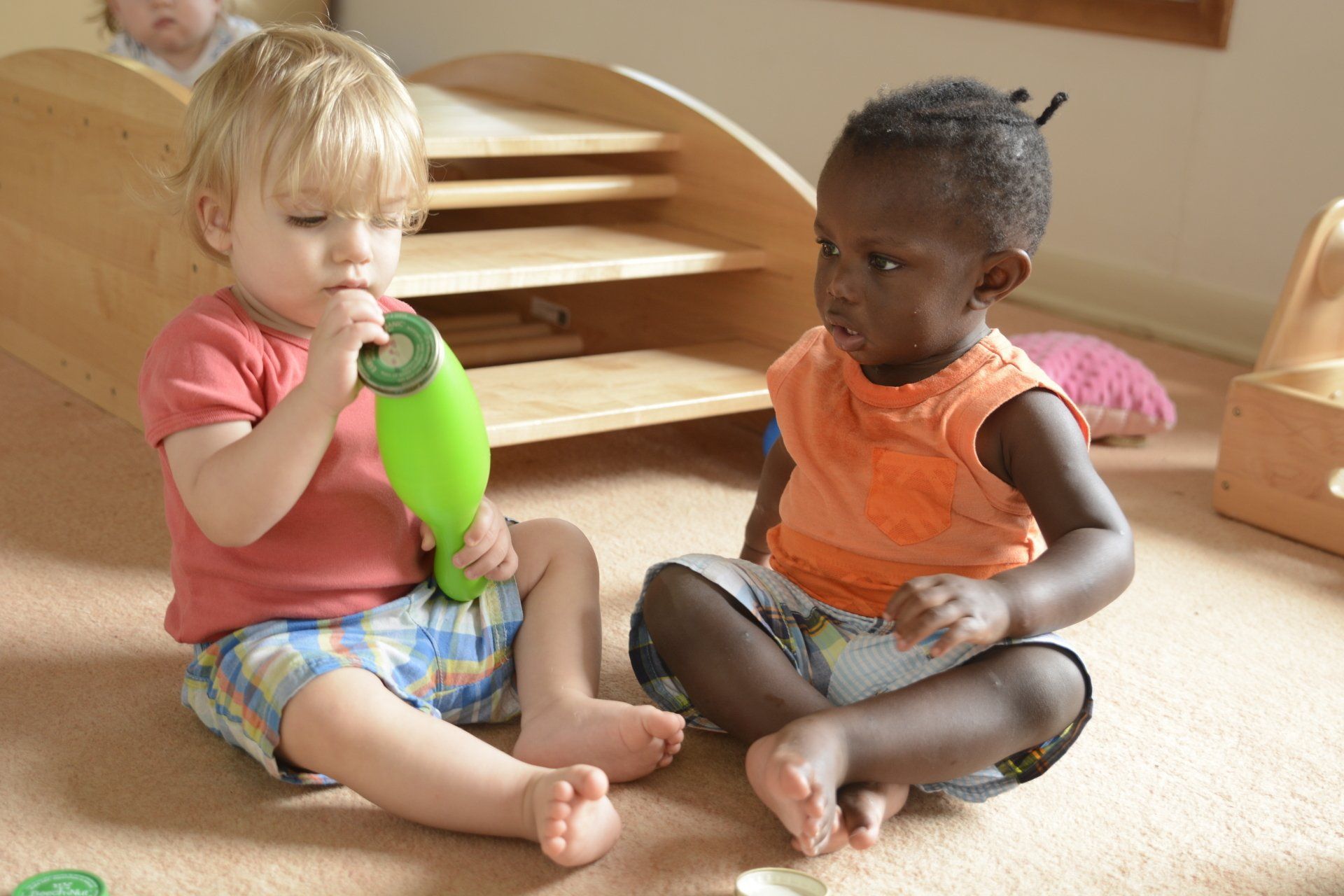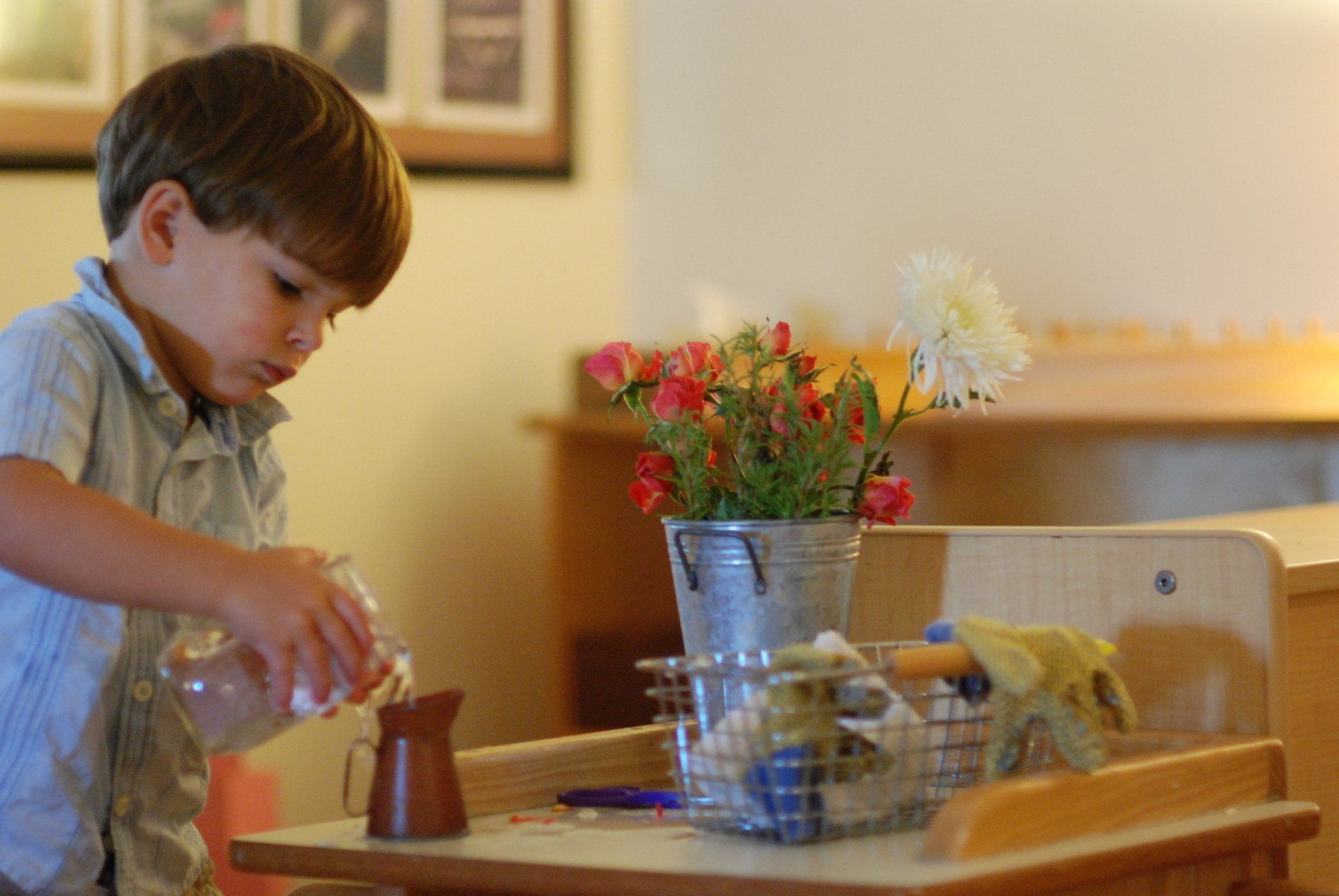Starting with Respect

October 29th 2016, I became a new mother. Over the past few months there have been many shifts in both my work, and perspective of the relationship between the child and the adult. Nearing the end of my pregnancy I became eager for a new opportunity to observe the child. I began looking forward to applying the things I learned through RIE ® and time spent in the classroom in my own home. I quickly noted that raising my own child would be the greatest opportunity to be authentic and to raise an authentic child who is peaceful, cooperative, and inner-directed. In the early stages of infancy, the child begins to shape his understanding of the world, and himself based on the environment and the people in it. We are role models for our children. We are helping to awaken the hearts and minds of children who will then, go out and have an influence on others. On several occasions, my son has been referred to as “just a baby”, this is something I often find surprising.
Just; as in only or simply?
From the perspective of both a mother and caregiver this saying strikes a sore spot for me. Not only does it come off as dismissive, but it also implies that somehow the child is considered less than.
“Let us realize that the child is the worker who produces man . . . it is the child that society must take into consideration, this worker who produces humanity itself.”-Maria Montessori
Our actions as parents, teachers, or members of a community are far reaching. With each word, acknowledgement, and touch we are sending messages that will help to build up, or tear down the growing sense of self within our children.
Modeling behavior not only sets an example for our children, but for other adults who may not be familiar with a more respectful approach.
So what can we do?
We can begin by treating the child with respect. We speak respectfully of children, and infants, as people of equal value. Not as “just” a child, or “just” a baby. Regarding children with respect helps the child to learn that they are worthy of receiving respect, and sets a positive example of how to treat others. We may also model respectful behavior by acknowledging our children’s feelings. This includes their likes and dislikes. Acknowledging our children in this way sends the message that they are respected as individuals with feelings that may differ from our own.

All of this is not to say that there are no boundaries or limits. We know that children need freedom within limits to maintain safety and order. However, it is possible to maintain this order while still providing a respectful environment in which the child can thrive. In The Absorbent Mind Montessori states that, “Nature does not merely give the power of imitation, but that of transforming oneself to become what the example demonstrates.” We must be the positive examples on which our children can base their understanding of their own value and the world around them.
“Respecting a child means treating even the youngest infant as a unique human being, not as an object.”- Magda Gerber
You might also like



CHILDCARE PROGRAMS
ADULT EDUCATION
QUICK LINKS
Little Learners Lodge
